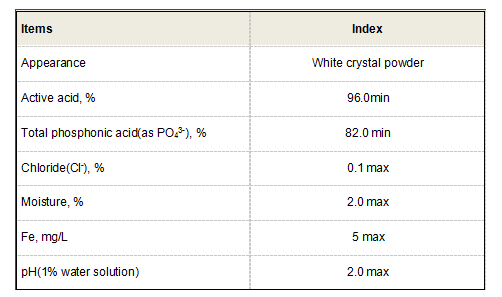Differences Between Flocculants and Coagulants in Water Treatment Processes
Flocculants vs Coagulants Understanding Their Roles in Water Treatment
Water treatment processes play a crucial role in ensuring clean and safe drinking water, as well as maintaining the quality of water in various industrial applications. Two essential chemical agents used in these processes are flocculants and coagulants. While both serve the purpose of aggregating particles and improving water clarity, they operate through different mechanisms and are used in different stages of water treatment. Understanding the distinctions between flocculants and coagulants is vital for optimizing water purification systems.
Coagulants The First Step in Water Treatment
Coagulants are chemical substances added to water to promote the aggregation of particles, particularly suspended solids, which can include dirt, silt, and organic matter. When coagulants are introduced into water, they neutralize the charges on these particles, allowing them to come together and form larger aggregates, known as flocs. Commonly used coagulants include aluminum sulfate (alum), ferric chloride, and polyaluminum chloride.
The coagulation process typically occurs in the early stages of water treatment. The addition of coagulants destabilizes fine particles, which tend to remain suspended due to their electrical charges. Once these particles adhere to one another, they become heavier and are more likely to settle or be removed in subsequent filtration stages. This initial step is critical for improving water quality, as it reduces turbidity and makes it easier to eliminate microorganisms and other contaminants.
Flocculants Enhancing Settling and Removal
flocculant vs coagulant

Flocculants, on the other hand, are substances that promote the agglomeration of particles already destabilized by coagulants into larger, denser formations known as flocs. Flocculants can be natural or synthetic polymers designed to bind particles together, enhancing the settling rate of the formed flocs. Common flocculants include polyacrylamide and natural substances like starch and guar gum.
While coagulation and flocculation are closely linked, flocculants typically come into play after the coagulation phase. Their primary function is to increase the size of the flocs formed, which facilitates easier removal during sedimentation or filtration processes. By improving the effectiveness of these processes, flocculants help ensure that residual solids are effectively separated from the treated water.
Complementary Roles in Water Treatment
The use of coagulants and flocculants in tandem leads to significant improvements in the efficiency of water treatment. In practice, the optimal performance of these agents depends on various factors, including water chemistry, the nature of contaminants, and the specific treatment objectives.
Modifying the dosage and selection of coagulants and flocculants can greatly influence the quality of the treated water. An imbalance in either agent can lead to inefficient treatment, resulting in poor water quality, higher operational costs, and increased disposal issues for sludge produced during the treatment process.
In conclusion, both coagulants and flocculants play indispensable roles in the water treatment process. Coagulants serve as the first step in destabilizing suspended particles, while flocculants enhance the formation of larger aggregates. Their combined use not only enhances water clarity but also supports the overall efficiency of water treatment operations. Understanding the differences and interactions between these agents allows water treatment professionals to design more effective and sustainable systems for a cleaner, safer water supply.
-
Understanding Polycarboxylic Acids: Properties, Applications, and Future PotentialNewsJul.28,2025
-
Scale Inhibitor Explained: How to Protect Your System from Limescale and Hard Water DamageNewsJul.28,2025
-
Scale and Corrosion Inhibitors: Essential Chemicals for Industrial Water System ProtectionNewsJul.28,2025
-
Polyaspartic Acid: A Biodegradable Polymer for Sustainable ChemistryNewsJul.28,2025
-
Isothiazolinones: A Versatile Antimicrobial Class with Industrial Power and Regulatory ChallengesNewsJul.28,2025
-
A Deep Dive into 2-Phosphonobutane-1,2,4-Tricarboxylic Acid (PBTC)NewsJul.28,2025





